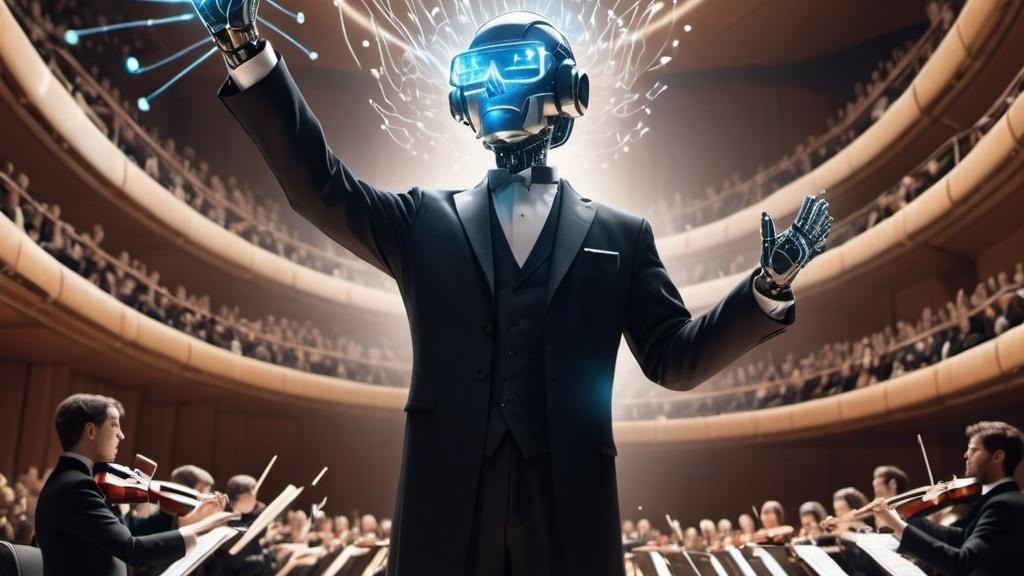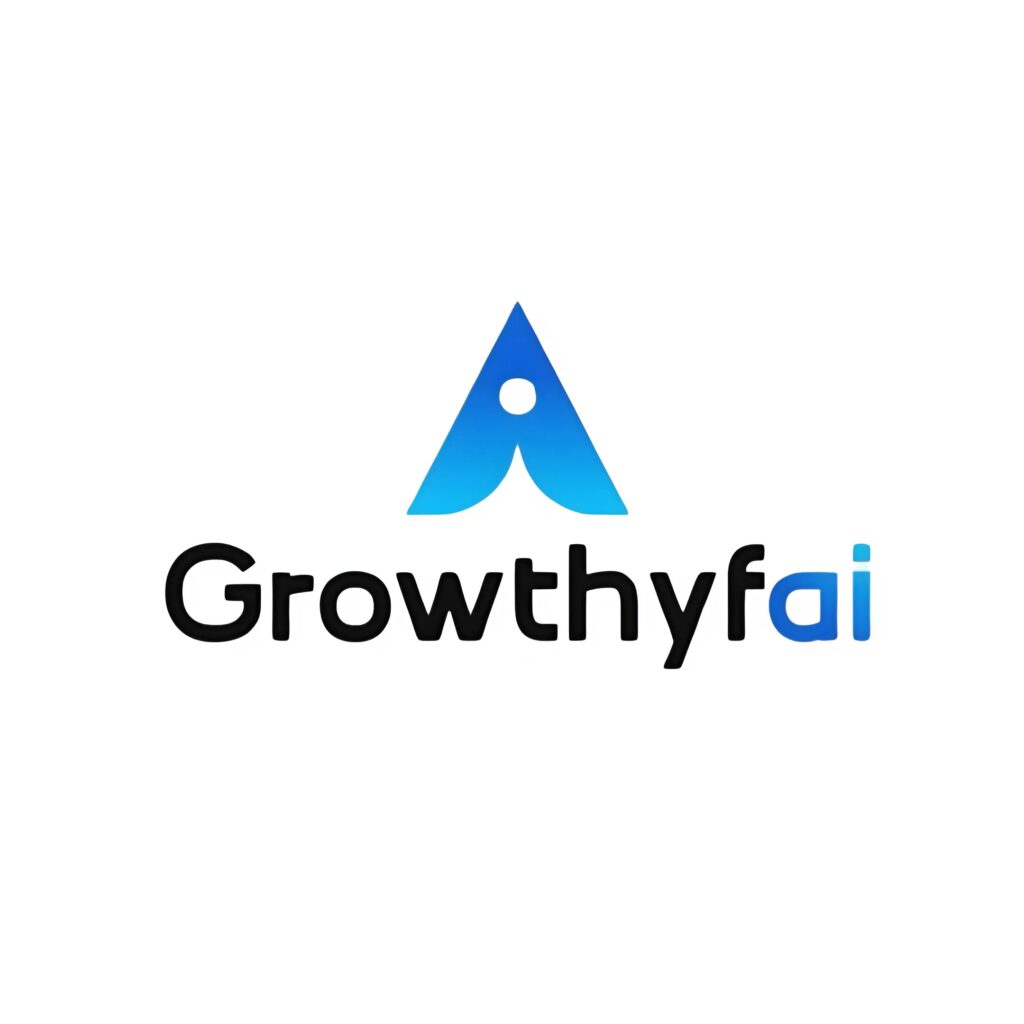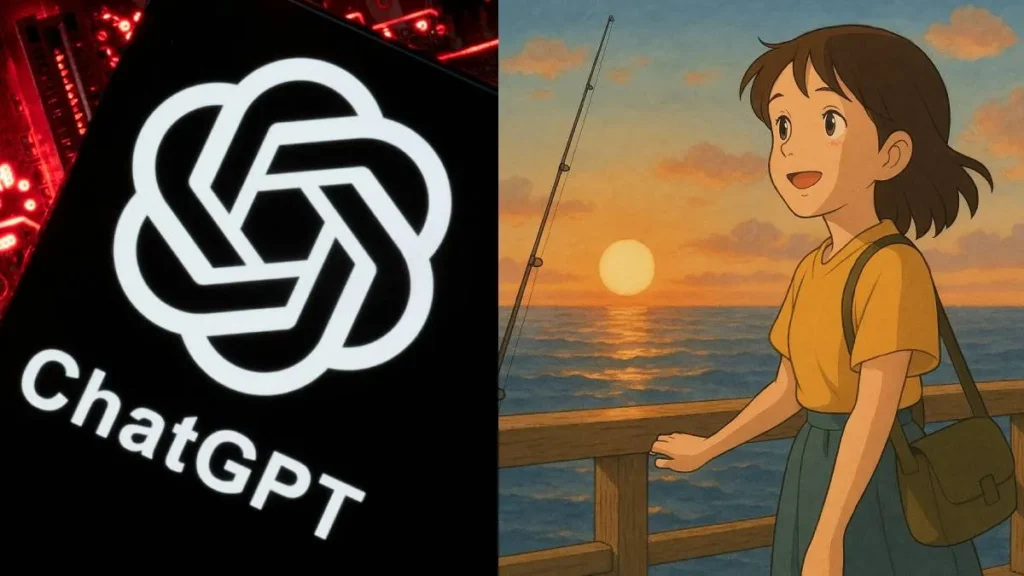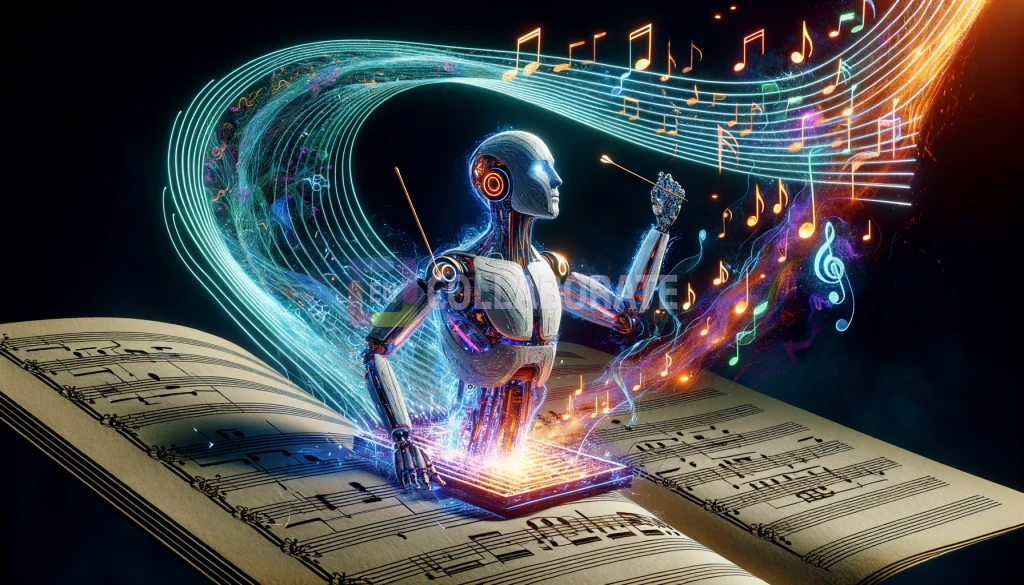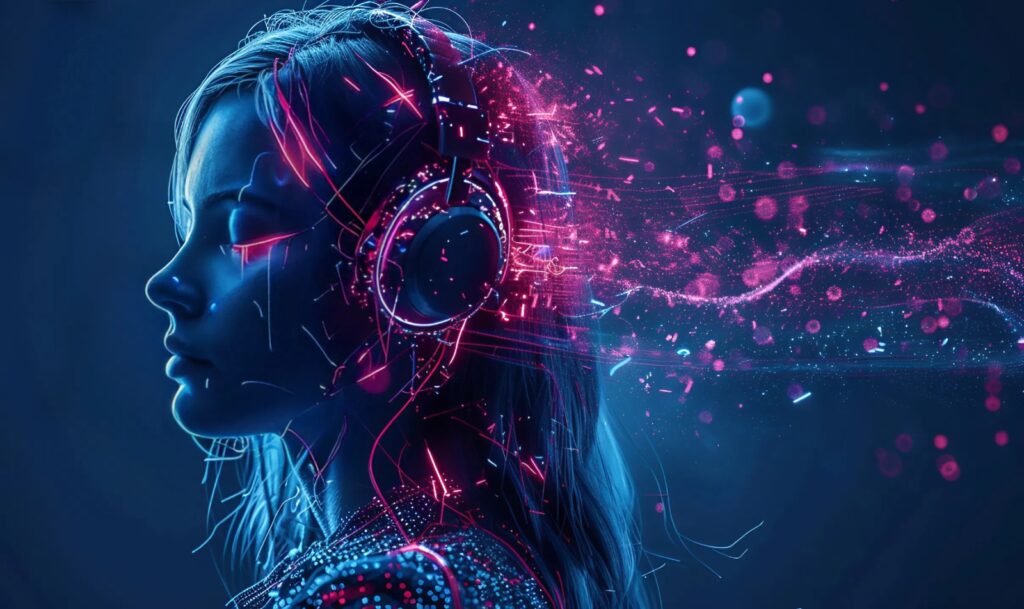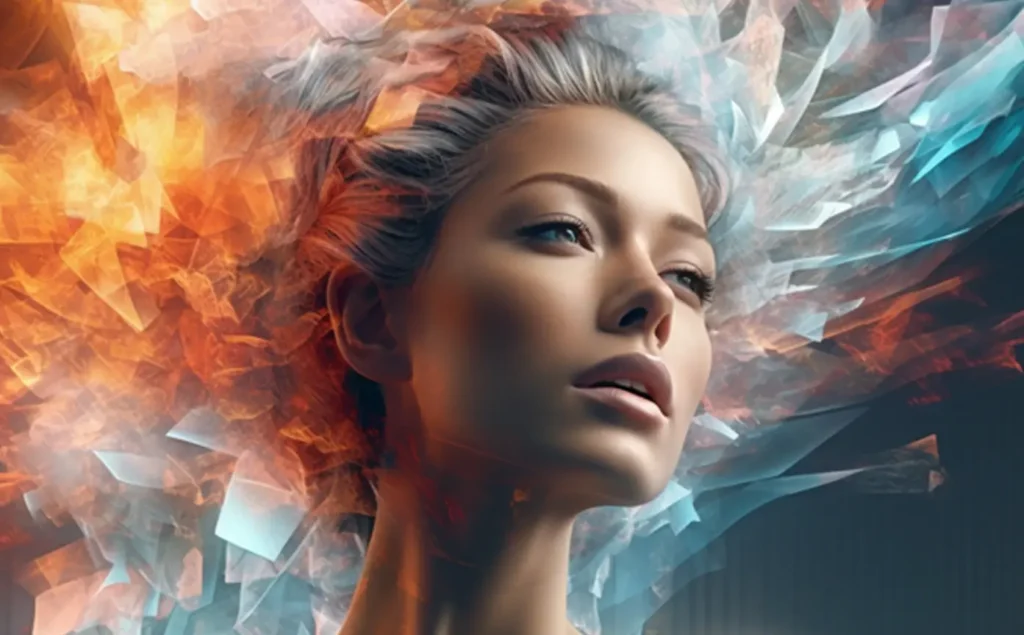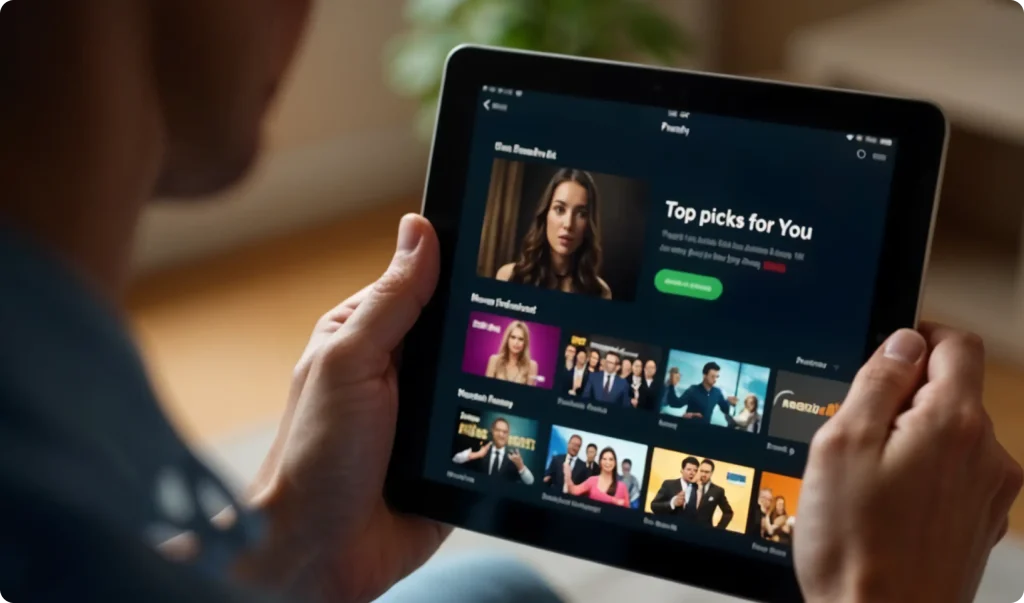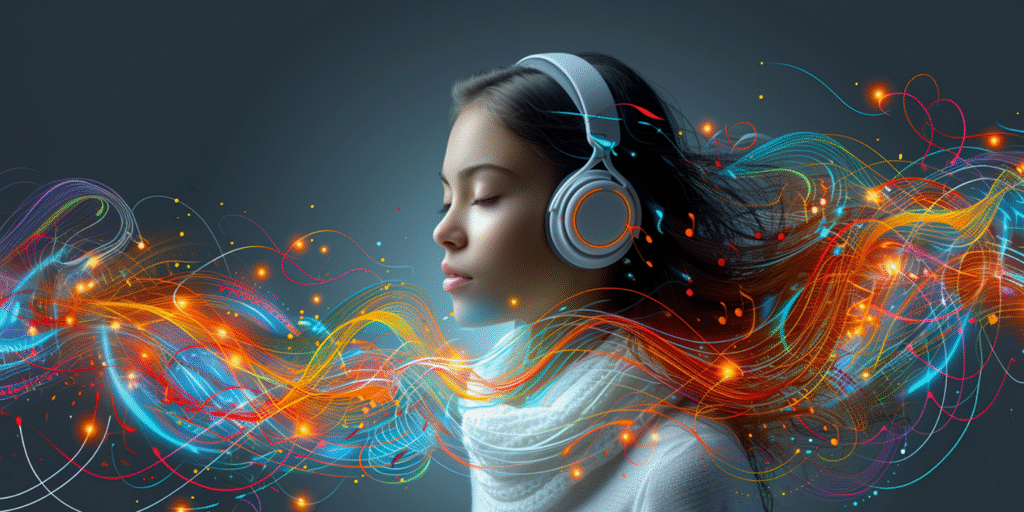AI and the Evolution of Personal Creative Mentors
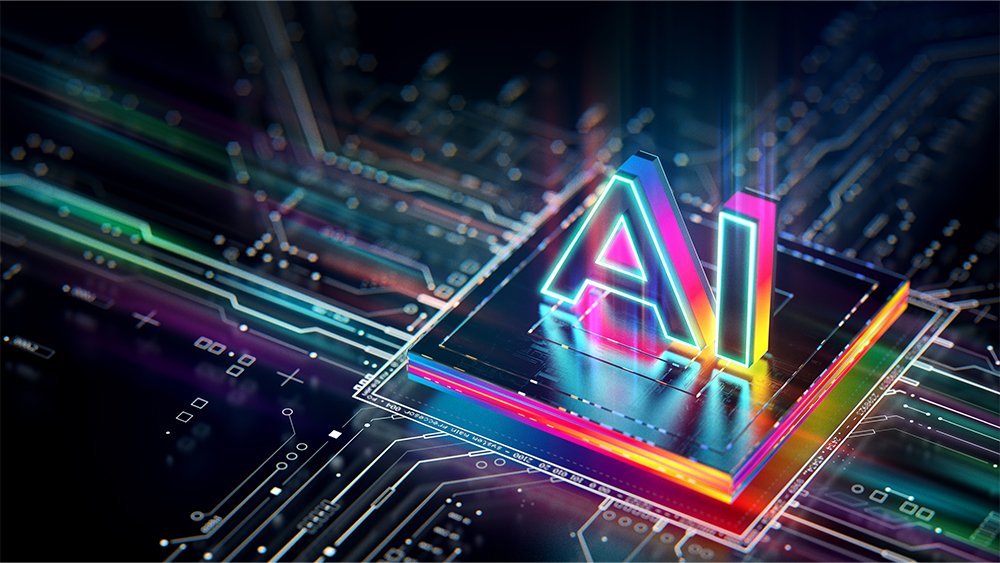
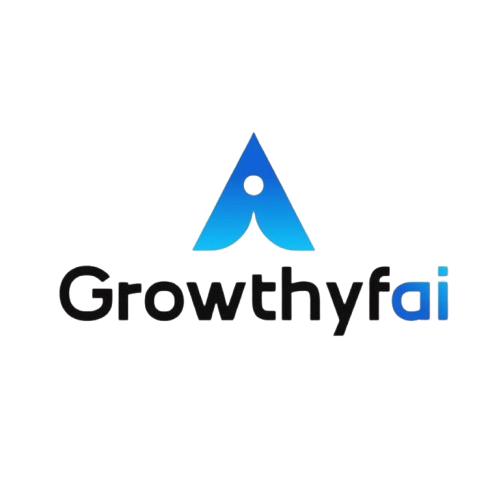
In an era where technology is evolving at an unprecedented pace, artificial intelligence (AI) stands out as a transformative force across various domains. One intriguing area where AI is making significant strides is in nurturing creativity. The concept of AI as a personal creative mentor is no longer a futuristic fantasy; it is becoming a reality, offering innovative ways to inspire, guide, and enhance human creativity. This blog explores how AI is evolving as a personal creative mentor, examines its current applications, and envisions its future potential.
Understanding AI as a Creative Tool
AI’s role in creativity often evokes images of machines churning out art, music, or literature devoid of human touch. However, AI’s real potential lies in its ability to work alongside human creators rather than replace them. AI can process massive amounts of information quickly, identify patterns, and generate innovative ideas that human minds may not easily conceive. It serves as a tool to augment human creativity, providing new perspectives and insights.
AI algorithms, such as machine learning and deep learning, can analyze vast datasets across creative disciplines. For instance, tools like OpenAI’s GPT series can generate written content ranging from poetry to prose, inspiring writers facing creative blocks. Similarly, AI-based design tools help artists and designers experiment with styles and concepts, offering a collaborative approach to creations.
AI in Art and Design
The artistic domain has been at the forefront of AI’s creative capabilities. Artists are utilizing AI to expand their creative horizons, allowing them to experiment with styles and techniques they might not have explored otherwise. AI-driven software can analyze previous works of art and generate new pieces that echo established styles or create entirely new ones by merging disparate influences.
A prominent example is DeepArt, an AI platform that transforms photos into artworks using techniques derived from famous artists. This allows users to reinterpret their imagery through the lens of creative geniuses like Van Gogh or Picasso, combining the personal with the universally recognized.
Another innovative application is RunwayML, which offers tools for experimenting with GANs (Generative Adversarial Networks) to create unique visual content. These interactive platforms provide artists with new materials and methods to express their creativity, harnessing the power of AI as both a muse and a medium.
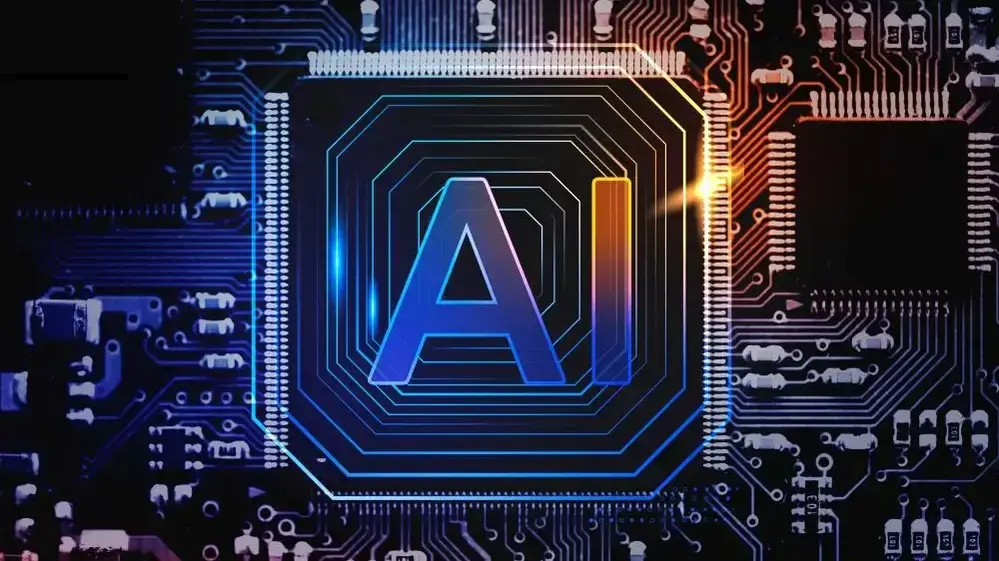
AI and the Music Industry
In the realm of music, AI’s influence is similarly profound. AI can analyze audio patterns and compositions, leading to the creation of new music that blends different genres and styles. Musicians can leverage AI to break through creative barriers, discovering novel soundscapes and rhythms.
Amper Music and AIVA (Artificial Intelligence Virtual Artist) are notable examples of AI platforms in the music industry. These platforms empower musicians to compose original scores quickly, offering personalized suggestions based on mood, genre, and instrumentation preferences. As AI tools become more sophisticated, they are capable of crafting intricate pieces that rival compositions by human musicians while still leaving room for personal touches and artistic interpretation.
The convergence of AI and human creativity in music production signifies an evolution in the artistic process, one where technology complements and enhances human ingenuity rather than overshadowing it.
AI’s Impact on Creative Writing
AI’s role in writing is perhaps one of the most intriguing blends of creativity and technology. With AI tools like OpenAI’s ChatGPT and Jasper, writers can overcome creative blocks, generate ideas, and even develop full-fledged narratives. These AI writing assistants can provide inspiration by suggesting plot twists or alternative storylines, sparking the creative process.
For instance, authors struggling to complete a novel might find renewed inspiration through dialogue prompts or story arcs generated by AI. While the core of the narrative remains rooted in human experience and emotion, AI acts as a catalyst, opening up new pathways for storytelling.
Moreover, AI can help writers improve their craft by analyzing text for style, tone, and readability, offering constructive feedback that refines their work. This evolutionary partnership between AI and writers fosters a supportive environment where creativity can flourish.
Pros and Cons of AI as Creative Mentors
While AI offers exciting possibilities for enhancing creativity, it is essential to consider both the advantages and challenges it presents.
On the positive side, AI can process and analyze vast amounts of data much faster than humans, providing insights and inspiration that might otherwise remain undiscovered. AI tools can serve as a springboard for creative exploration, pushing the boundaries of traditional artistic expression.
However, there are concerns about over-reliance on AI, leading to potential loss of individual style and authenticity in creative endeavors. Critics argue that relying too heavily on AI might stifle the distinctive human element that defines genuine creativity. Moreover, ethical considerations about authorship and the ownership of AI-generated content remain unresolved, posing challenges to the evolving landscape of creative industries.
The Future of AI in Creativity
Looking ahead, the future of AI as personal creative mentors holds exciting possibilities. As AI algorithms become more sophisticated, their ability to understand nuanced human emotions and artistic intent will improve, leading to deeper, more meaningful collaborations between humans and machines.
AI may evolve to create personalized creative mentors capable of understanding individual preferences, strengths, and weaknesses. This could revolutionize how creativity is nurtured, providing tailor-made guidance that empowers aspiring artists, musicians, and writers to reach their full potential.
Educational institutions might integrate AI mentors into their curricula, offering students unprecedented access to creative resources and personalized learning experiences. This integration could democratize creativity, making artistic tools and guidance accessible to a broader audience, fostering a more inclusive creative community.
Conclusion
The evolution of AI as personal creative mentors marks a transformative period in the world of creativity. By partnering with AI, human creators can unlock new heights of innovation and inspiration, extending the boundaries of artistic expression. As we embrace this new era, it’s crucial to balance the technological capabilities of AI with the innate human qualities that define creativity. In doing so, we can nurture a future where AI serves as both a guide and a companion, enriching the diverse tapestry of human creativity.

